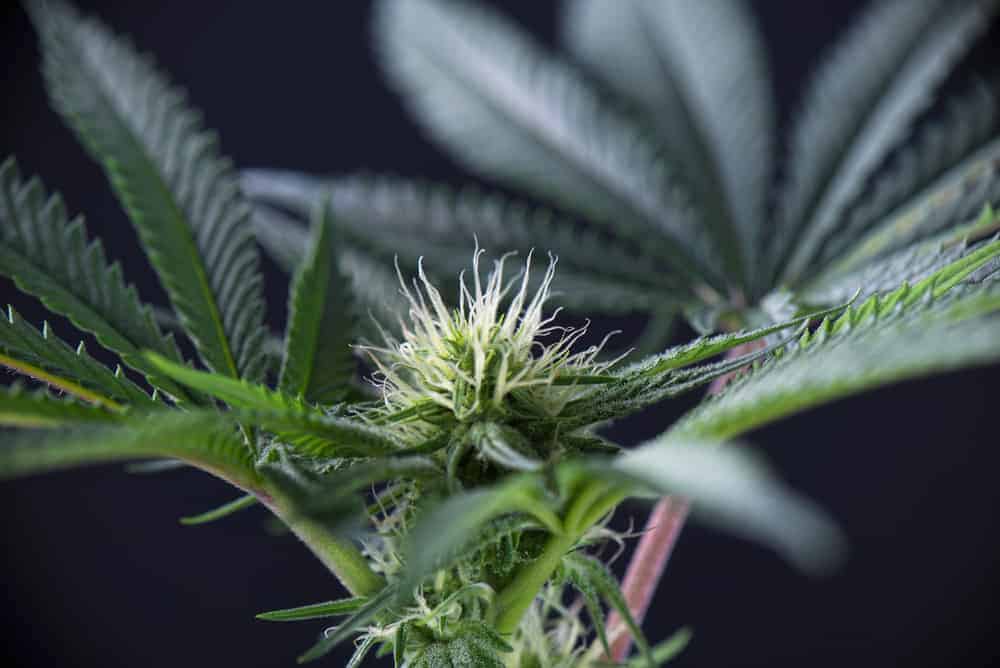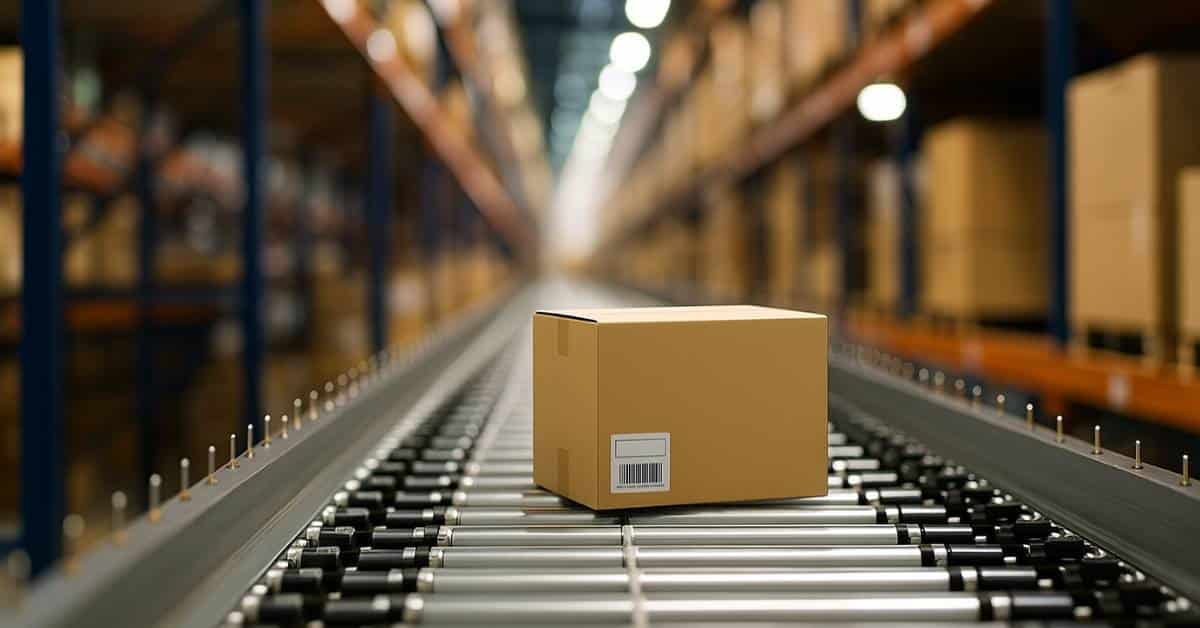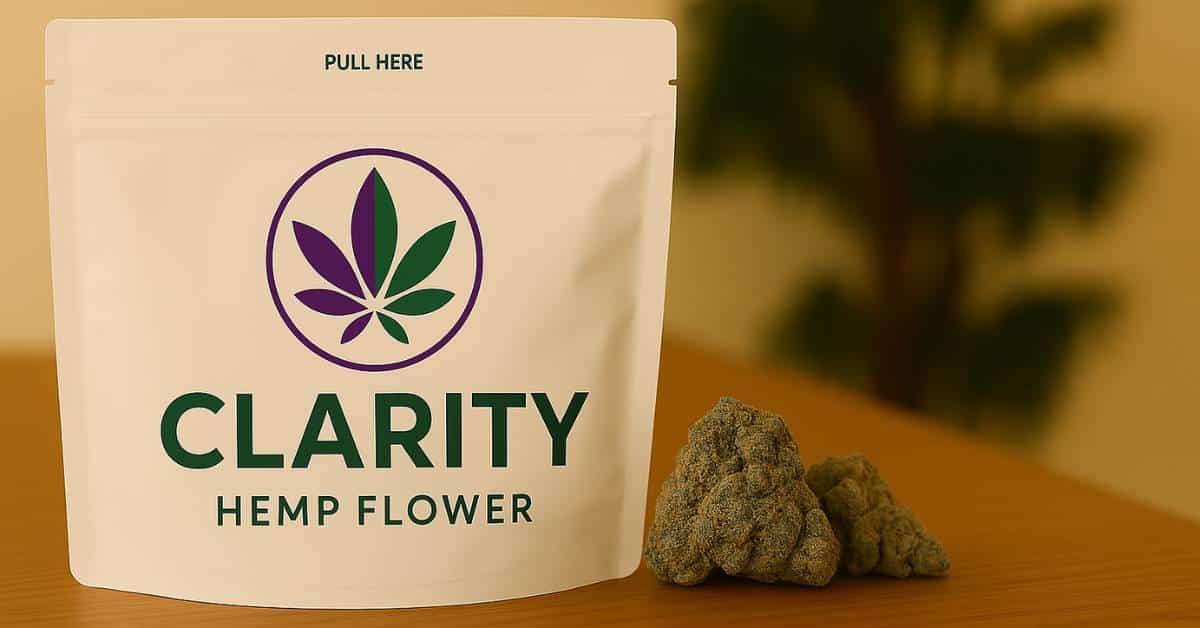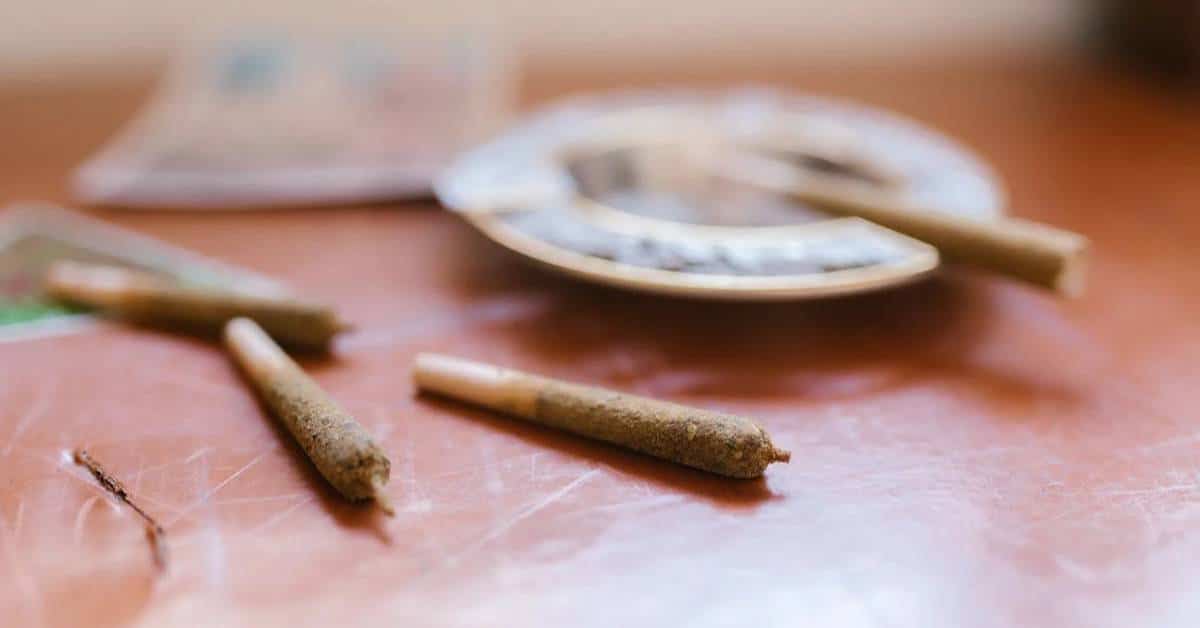For first-time marijuana growers, it can be a challenging task to choose the healthiest nutrients for cannabis plants. Often, growers spend far too much than they have to. There are so many options in terms of marijuana soil nutrients that it’s really easy to get overwhelmed.
While Green Rush Packaging primarily focuses on cannabis packaging, we understand and appreciate the importance of proper cultivation. Our packaging is designed to preserve the quality of your carefully nurtured plants. When you know about the different requirements of these plants and how the cannabis plants absorb and use nutrients, it’s a lot easier to choose the right products your plants need without having to go beyond your budget.
Seedling stage
Just like other living things, cannabis plants go through a variety of different stages as they grow. While the plants are in each of these stages, their nutrient requirements are slightly different. When you grow your cannabis plant in a high-quality, rich soil, you won’t need to add any more soil nutrients, especially during the seedling stage.
However, you do need to make sure that the pot of your plant is big enough. This will provide adequate humidity for the soil and allow the roots of the plant to grow without restrictions.
But if you’re growing your plant in any kind of artificial medium which doesn’t have any natural nutrients, you can use seedling nutrition and root boosters to promote its growth. The great thing about root boosters is that they contain bacteria, enzymes, and other types of compounds which will support the health, growth, and development of the plant’s roots.
Seedling nutrients, on the other hand, contain a combination of nutrients with the appropriate percentages for seedlings and sprouts. You can get the same nutritional effect by giving your young cannabis plant the proper plant feed while it’s in the vegetative growth stage.
Vegetative growing stage
At this stage, cannabis plants require high levels of potassium and nitrogen along with a medium amount of phosphorus. As a rule of thumb, the amount of phosphorus you should feed your plant should only be half of the amount of nitrogen. The levels of potassium may vary from half to a third of the amount of nitrogen.
As your plants grow, you’ll need larger containers. At Green Rush Packaging, discover our collection of quality cannabis glass jars that are ideal for storing larger quantities of soil and nutrients.
Flowering stage
Finally, when your cannabis plant is in the flowering stage, you need to drastically lower the levels of nitrogen fed to your plant. You should also maintain the same potassium levels while increasing the amount of phosphorus. Manufacturers of commercial fertilizers made specifically for cannabis plants produce their products based on these basic growing principles.
When your plant enters the flowering stage, you need to find the appropriate nutrient mix. This means that you would start giving them a different NPK balance. Normally, you can find the NPK content in the different products as indicated on their labels. The manufacturers calculate the proper portions of these main components for your convenience. So all you would have to do is add some water and use the proper dosage.
Apart from the NPK components, plants also require small amounts of micro and secondary cannabis nutrients. You can already find most of these components in high-quality soil mixes. For the others, manufacturers may include them in feed made specifically for cannabis plants aside from the basic NPK. You can also purchase specialist additives, but you would have to be a seasoned grower to avoid overfeeding your plant.
When your plants reach the flowering stage, it’s really important to protect your harvest. With our barrier bags, you can preserve the potency and freshness of your mature buds.
Cannabis micronutrients
As mentioned earlier, cannabis plants need a basic group of marijuana soil nutrients known as macronutrients. These include Nitrogen, Phosphorus and Potassium. Other macronutrients marijuana plants need are Calcium, Magnesium and Sulfur. The plants can also derive Carbon, Hydrogen and Oxygen from the water and air in their surroundings as they grow.
If you check the product labels of nutrient solutions, fertilizers and other plant growth products, you will see three numbers indicated on the front. These show how much of the main macronutrients (NPK) the product contains. Manufacturers always list them in the N-P-K order so as not to confuse plant growers.
All of the other mineral nutrients cannabis plants need fall into the micronutrient category. Typically, plants only need small quantities of these nutrients. The micronutrients include:
- Boron
- Cobalt
- Copper
- Chlorine
- Iron
- Manganese
- Molybdenum
- Silicon
- Zinc
Although cannabis plants only require minimal amounts of these micronutrients in their growth and development, they’re still vital to healthy plant growth and development. That’s why you need to make sure your marijuana plants get all of the required nutrients if you want them to thrive.
To keep your nutrients organized and easily accessible, consider using small containers or jars from Green Rush Packaging. Our full line of product packaging includes various sizes that are ideal for storing different cannabis nutrients.
Under feeding vs. over feeding
When you’re growing any plant, it’s always more advisable to practice caution rather than being too excited or overzealous. This is especially true when you’re growing cannabis plants. A plant that grows with a small amount of additional marijuana soil nutrients may provide you with better yields, compared to a plant which grows in over-fertilized soil.
That’s why it’s recommended to only add the cannabis nutrients to the water at every other watering. If you’re not sure about how much nutrients to add, check the product labels. These are the simplest and easiest rules to follow if you’re growing a cannabis plant.
If you notice a change in how your plant looks and its color, this may be an indication of nutrient overdoses or nutrient deficiencies. The symptoms of overfeeding are similar to those caused by a nutrient deficiency. The most common symptoms of a nutrient imbalance show up in the plant’s leaves. Once you’ve resolved any nutrient issues and harvested your crop, proper storage is crucial. Green Rush Packaging’s child resistant containers and smell proof bags ensure your product stays fresh and secure.
You may see them drooping, turning yellow, having irregular dimensions or shapes and developing brown spots or burnt edges. You would only see yellowing leaves as an issue in your cannabis plant’s health when it’s in the vegetative growing stage or early in the flowering stage. However, it’s a normal thing when you see it toward the end of the flowering stage.
If you discover that your plant suffers from a problem with its nutrition and you don’t know how to fix it, there’s a simple remedy. You can flush the plant’s soil using pure water for a couple of days. Then you can start adding marijuana soil nutrients using only half the dose you used in the past. In addition, be sure to take off the top part of the soil as this may contain the excess nutrients. Although simple, this is a drastic measure which will give your plant a “clean slate.”
The final word on nurturing your green goldmine
Understanding and providing the right cannabis nutrients is critical for successful cultivation. While achieving the perfect balance takes time, protecting your harvest is just as crucial as growing it. Green Rush Packaging supports growers through every stage with professional-grade solutions:
- Glass jars for organizing nutrients and product storage
- Barrier bags that preserve freshness and potency
- Child resistant containers that keep small hands out
- Concentrate containers that are ideal for extracts
- Custom packaging to showcase your brand
Don’t let months of careful cultivation go to waste through improper storage. Our complete range of packaging solutions can preserve the quality of your carefully nurtured plants, from seedling to final sale. When you’re ready to protect your harvest, you can depend on GRP to deliver.







